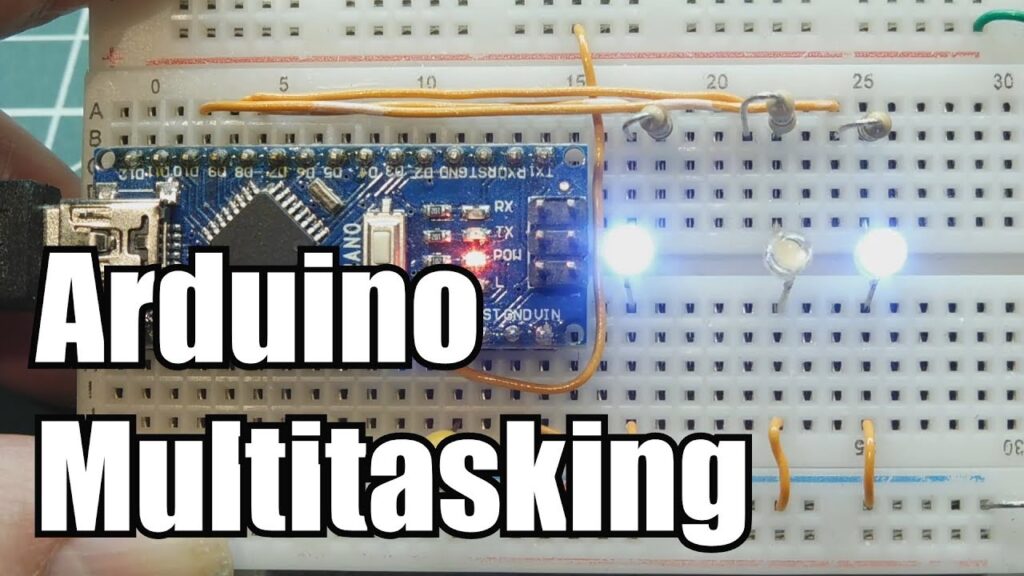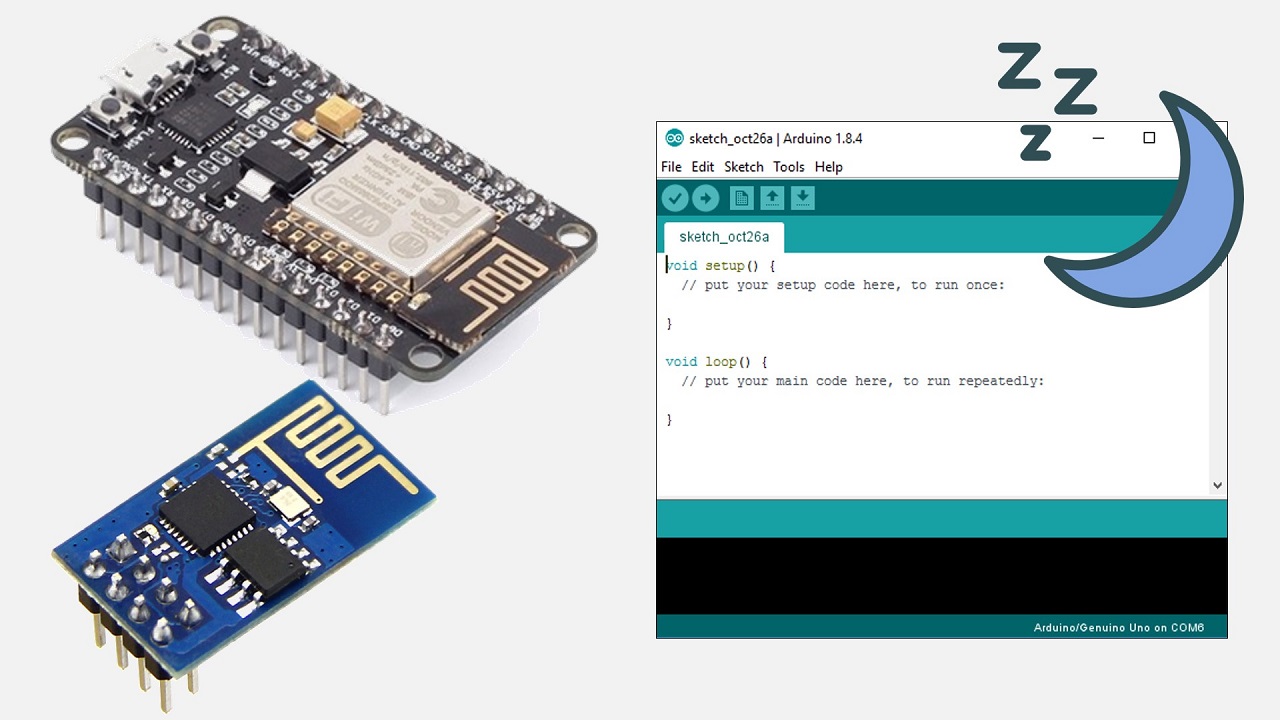Implementing Multitasking in a Microcontroller
Microcontrollers are powerful tools that can be used in a wide range of applications, from controlling simple devices to complex systems. One of the key features of a microcontroller is its ability to perform multiple tasks simultaneously through multitasking. In this article, we will explore how to implement multitasking in a microcontroller and discuss the benefits of using this technique.
What is Multitasking?
Before we dive into how to implement multitasking in a microcontroller, let’s first understand what multitasking is. Multitasking is the ability of a system to run multiple tasks concurrently, enabling them to share the processor’s time and resources efficiently. This allows for better utilization of the microcontroller’s capabilities and enables it to perform multiple functions simultaneously.
Implementing Multitasking in a Microcontroller
There are several ways to implement multitasking in a microcontroller, but one of the most common methods is using a Real-Time Operating System (RTOS). An RTOS is a software that manages the execution of tasks in a timely manner, ensuring that critical tasks are executed without delay. By using an RTOS, you can create multiple tasks with different priorities and schedules, allowing for efficient multitasking in your microcontroller.
Another way to implement multitasking in a microcontroller is through task switching. Task switching involves dividing your program into smaller tasks and switching between them at specific intervals. This allows each task to run for a certain amount of time before pausing and switching to the next task. By implementing task switching, you can achieve multitasking in a microcontroller without the need for a complex RTOS.
The Benefits of Multitasking
Implementing multitasking in a microcontroller offers several benefits, including:
- Increased efficiency: By running multiple tasks simultaneously, you can make better use of the microcontroller’s resources and improve overall system performance.
- Improved responsiveness: Multitasking allows critical tasks to be executed without delay, leading to faster response times and better system reliability.
- Enhanced flexibility: With multitasking, you can easily add new tasks or modify existing ones without affecting the entire system, providing greater flexibility in system design.
Conclusion
Implementing multitasking in a microcontroller is a powerful technique that can enhance system performance and efficiency. Whether you choose to use an RTOS or implement task switching, multitasking can help you make the most of your microcontroller’s capabilities and create more robust and responsive systems. By understanding how to implement multitasking and the benefits it offers, you can take your microcontroller projects to the next level.
Implementing Multitasking in a Microcontroller
Microcontrollers are powerful tools that can be used in a wide range of applications, from controlling simple devices to complex systems. One of the key features of a microcontroller is its ability to perform multiple tasks simultaneously through multitasking. In this article, we will explore how to implement multitasking in a microcontroller and discuss the benefits of using this technique.
What is Multitasking?
Before we dive into how to implement multitasking in a microcontroller, let’s first understand what multitasking is. Multitasking is the ability of a system to run multiple tasks concurrently, enabling them to share the processor’s time and resources efficiently. This allows for better utilization of the microcontroller’s capabilities and enables it to perform multiple functions simultaneously.
Implementing Multitasking in a Microcontroller
There are several ways to implement multitasking in a microcontroller, but one of the most common methods is using a Real-Time Operating System (RTOS). An RTOS is a software that manages the execution of tasks in a timely manner, ensuring that critical tasks are executed without delay. By using an RTOS, you can create multiple tasks with different priorities and schedules, allowing for efficient multitasking in your microcontroller.
Another way to implement multitasking in a microcontroller is through task switching. Task switching involves dividing your program into smaller tasks and switching between them at specific intervals. This allows each task to run for a certain amount of time before pausing and switching to the next task. By implementing task switching, you can achieve multitasking in a microcontroller without the need for a complex RTOS.
The Benefits of Multitasking
Implementing multitasking in a microcontroller offers several benefits, including:
- Increased efficiency: By running multiple tasks simultaneously, you can make better use of the microcontroller’s resources and improve overall system performance.
- Improved responsiveness: Multitasking allows critical tasks to be executed without delay, leading to faster response times and better system reliability.
- Enhanced flexibility: With multitasking, you can easily add new tasks or modify existing ones without affecting the entire system, providing greater flexibility in system design.
Conclusion
Implementing multitasking in a microcontroller is a powerful technique that can enhance system performance and efficiency. Whether you choose to use an RTOS or implement task switching, multitasking can help you make the most of your microcontroller’s capabilities and create more robust and responsive systems. By understanding how to implement multitasking and the benefits it offers, you can take your microcontroller projects to the next level.



